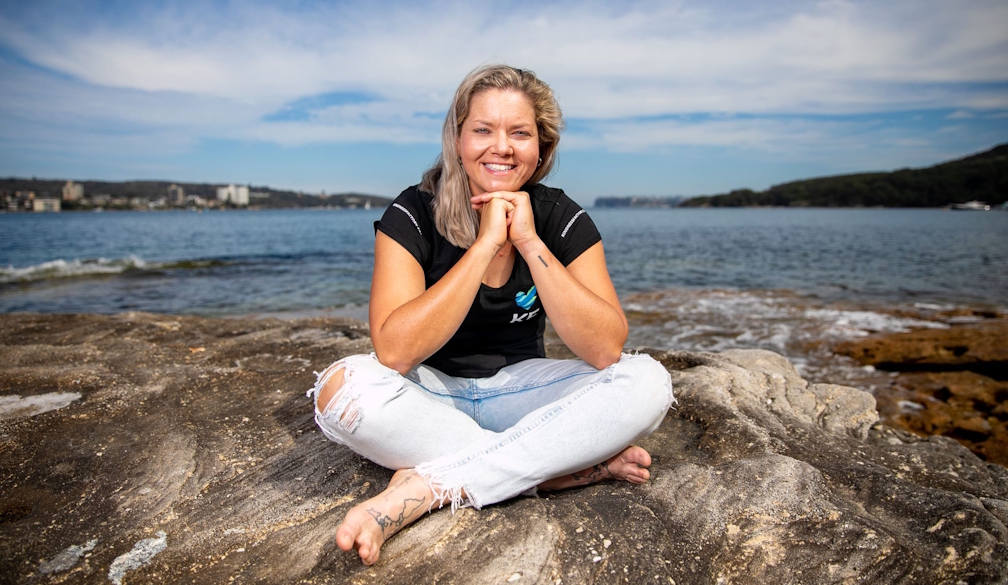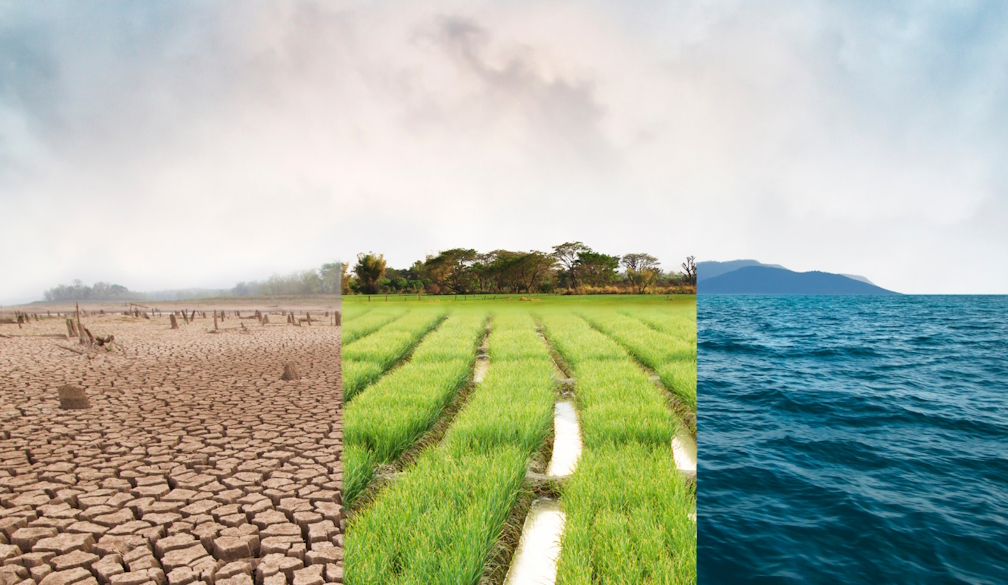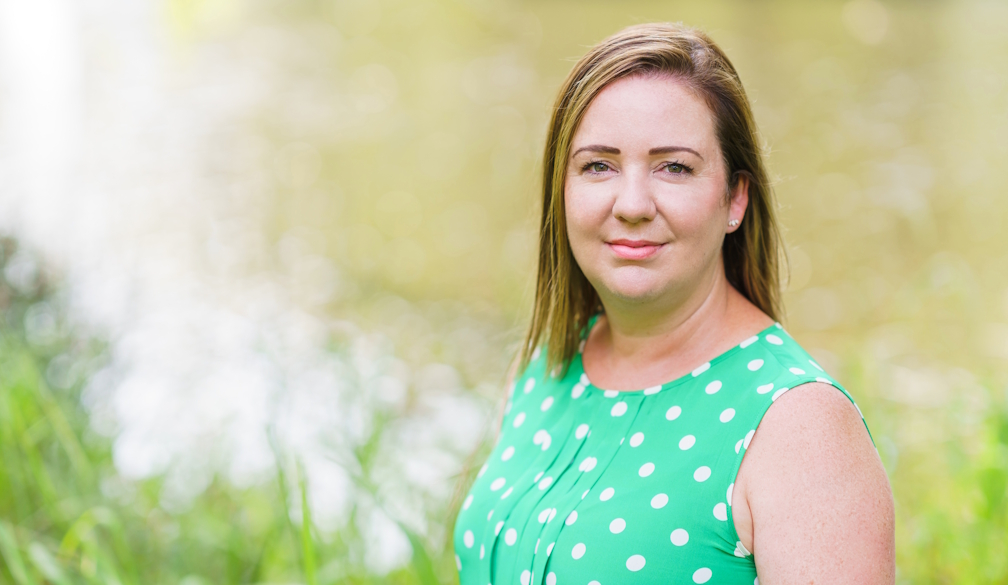Australian uni enrolments have declined. But is Job-ready Graduates to blame?
- Written by Andrew Norton, Professor of Higher Education Policy, Monash University

In 2025, students in arts, business and law courses pay nearly A$17,000[1] for a year of university study. This means it costs more than $50,000 for a three-year degree.
University leaders have been blaming these high fees for lower enrolments[2]. On Wednesday, Universities Australia chair and Griffith University Vice-Chancellor Carolyn Evans told the National Press Club[3], recent fee increases are “inherently unfair” and are leading to a decline in undergraduate enrolments.
Something major has certainly happened to student demand in recent years. University applications data to 2024 and new bachelor degree enrolment data to 2023 both suggest interest in higher education has been down to levels last seen in the early 2010s.
But how much of this is due to the fees students are paying?
When did the decline in applications start?
The $17,000 fees are result of the Morrison government’s Job-ready Graduates policy[4], announced in 2020 and introduced in 2021. The cost of an arts course more than doubled.[5]
But downward trends in both domestic student applications and new enrolments in bachelor degrees began in 2018.
Numbers spiked in 2021, but a 2022 dive in enrolments suggests 2021 was a COVID anomaly, not a return to growth.
The demographics of decline
All age groups have contributed to falling enrolments, but the decline is much larger for people in their 20s or older.
Between 2017 and 2023, the number of recent school leavers aged 19 or less starting a bachelor degree fell by 4%. But the drop was 18% for people aged 20–24 years and 27% for those aged 25 years or more.
For the older groups, universities are victims of their own previous success. In 2007 about 30% of Australian 19 year olds were at university, but by the mid-2010s this figure was around 41%[6].
This means Australians in their 20s and 30s were significantly more likely to already have a degree in 2021 than five or ten years previously. As more people attend university soon after leaving school, there are fewer people left in their 20s and 30s with an unsatisfied ambition to get a degree.
The school leaver population
The demographic story for the school leaver population offers more room for optimism.
In the 2010s, population growth[7] flowed though to Year 12 enrolments, which in turn helped increase university enrolments. A subsequent modest decline in the teenage population contributed to fewer Year 12 students and reduced university enrolments.
But we are now starting to see the “Costello baby boom[8]” – the increase in babies born from the mid-2000s – flow through into Year 12 numbers.
What impact does the jobs market have?
A huge increase in demand for higher education[9] during the early 1990s recession led to a theory that higher education demand is “counter-cyclical”. This means it moves in the opposite direction to the labour market.
The cost of study in forgone wages is low or zero when jobs are hard to find. And getting a degree may help with finding a job as the economy recovers.
The COVID experience suggests the counter-cyclical theory is right. Enrolments went up as unemployment spiked in the lockdown phase of COVID for people whose highest qualification was Year 12. Unemployment for young adults in this group then fell to levels below any seen since 2015, when the Australian Bureau of Statistics labour force survey started regularly asking about education levels.
Unemployment has trended up since 2023 but is still low and probably keeping some people out of university.
Questioning the value of higher education
A 2014 survey of first year students[10] found 20% agreed “university is just marking time while I decide my future”.
That survey is now quite old, but we see behaviour consistent with this attitude in people who reject offers of university places[11]. We also see 9–10% of people who start courses drop out in first year[12] and do not return.
It would not be surprising if some young people are finding cheaper ways of “marking time” than a $17,000-a-year arts or business degree. These courses have significant enrolment declines, but starting well before 2021. Job-ready Graduates cannot have helped, but it did not trigger the decline.
An increasing number of people may also doubt higher education study will pay off in the labour market. New graduates today find it more difficult to find suitable work[13] (linked to their study) than graduates in the 2000s and before. As more people graduate from university, having a degree becomes less “special” in the job market.
Vocational education as an alternative
While demand for higher education has softened, interest in vocational education has increased. Teenage vocational education enrolments kept increasing after 2021, even while higher education enrolments went into decline.
Vocational education was probably helped by Free TAFE programs[14], while many, although not all, higher education courses become more expensive.
School academic performance
Other than fee increases, my explanations for weak higher education enrolments to this point were broadly benign – more people already have degrees, smaller school leaver populations, more employment options and increased vocational education enrolments.
But there are also more concerning explanations. Standardised academic tests such as NAPLAN suggest deteriorating performance across the socioeconomic spectrum (as the numeracy results below show).
These results raise concerns fewer young people feel academically prepared for higher education. If so, that may explain a decline in applications.
Some positive signs
In the early 2020s the domestic enrolment news for universities was bad. But there are signs of improvement.
In June, the federal government noted[15] the number of domestic students starting courses in 2025 was up compared with the same time in 2024.
Perhaps this is finally the “Costello baby boom” students, who we can see in Year 12 enrolments, arriving at university.
What about Job-ready Graduates?
So the drop in enrolments reflects larger demographic and economic forces – not just high fees under Job-ready Graduates.
But this should not detract from the fact the scheme puts unfair debt burdens on students in arts, law and business. This is reason enough to reduce fees to more reasonable amounts.
References
- ^ pay nearly A$17,000 (www.education.gov.au)
- ^ lower enrolments (www.smh.com.au)
- ^ told the National Press Club (universitiesaustralia.edu.au)
- ^ Morrison government’s Job-ready Graduates policy (www.education.gov.au)
- ^ more than doubled. (www.abc.net.au)
- ^ figure was around 41% (andrewnorton.id.au)
- ^ population growth (www.abs.gov.au)
- ^ Costello baby boom (andrewnorton.id.au)
- ^ demand for higher education (andrewnorton.id.au)
- ^ survey of first year students (melbourne-cshe.unimelb.edu.au)
- ^ reject offers of university places (www.education.gov.au)
- ^ drop out in first year (www.education.gov.au)
- ^ more difficult to find suitable work (www.qilt.edu.au)
- ^ Free TAFE programs (www.vic.gov.au)
- ^ federal government noted (www.theaustralian.com.au)




















